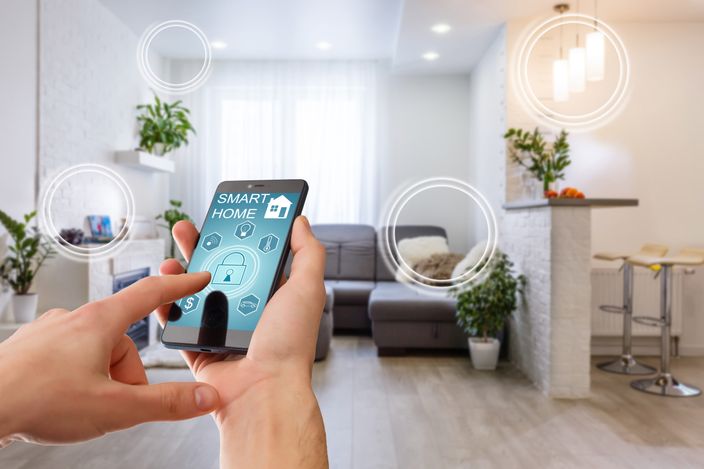Smart devices have proliferated in the current digital era, completely changing the way we engage with technology on a daily basis. These gadgets provide unmatched ease and connectivity, from wearable fitness trackers that measure our health to smart thermostats that control the temperature in our homes. But advantages can have disadvantages that should be carefully considered. To help us navigate this technological world more thoughtfully, let’s examine the advantages and disadvantages of smart devices.
Pros of having smart devices:
- Convenience: Smart devices streamline tasks and automate processes, saving time and effort. From controlling home appliances remotely to setting reminders and alarms, they make daily routines more efficient.
- Enhanced Connectivity: These devices foster connectivity, allowing users to stay in touch with loved ones, collaborate with colleagues, and access information from anywhere with an internet connection.
- Improved Efficiency: Smart devices optimize resource usage, whether it’s energy-efficient appliances reducing utility bills or GPS navigation systems finding the quickest routes, thereby contributing to sustainability efforts.
- Personalization: With advanced AI algorithms, smart devices can learn user preferences and adapt their functionalities accordingly, providing tailored experiences that enhance user satisfaction.
- Remote Monitoring and Security: Smart security cameras, doorbells, and sensors offer peace of mind by enabling remote monitoring of homes and properties, bolstering security measures.
Cons Of Having Smart Devices:
- Privacy Concerns: The widespread collection of user data by smart devices raises privacy concerns. From location tracking to voice recordings, there’s potential for misuse or unauthorized access, highlighting the need for robust privacy measures.
- Dependency and Reliability: Relying heavily on smart devices may lead to dependency issues, leaving users vulnerable when these devices malfunction or experience connectivity issues.
- Cybersecurity Risks: Smart devices connected to the internet are susceptible to cybersecurity threats such as hacking and malware attacks, compromising sensitive information or even posing physical risks in the case of connected vehicles or medical devices.
- Cost and Accessibility: The initial cost of smart devices and the need for compatible infrastructure may pose barriers to adoption, limiting accessibility for some demographics and exacerbating socioeconomic disparities.
- Technological Obsolescence: Rapid advancements in technology render smart devices obsolete relatively quickly, leading to electronic waste accumulation and environmental concerns.
Finding Balance:
While the pros of smart devices are enticing, it’s essential to mitigate the associated risks and strike a balance between convenience and conscientious usage. Here are some tips:
- Prioritize Security and Privacy: Opt for devices with robust security features and regularly update firmware to patch vulnerabilities. Review privacy policies and adjust settings to minimize data collection.
- Diversify Reliance: Avoid over-reliance on smart devices by maintaining alternative methods for essential tasks, ensuring resilience in case of technological failures.
- Invest Wisely: Conduct thorough research before investing in smart devices, considering factors like long-term compatibility, security, and value for money.
- Dispose Responsibly: Dispose of outdated smart devices responsibly through recycling programs to mitigate environmental impact.
Conclusion
Although smart devices have a great deal of potential to improve and simplify our lives, they also carry some concerns that should be carefully considered. We can reap the benefits of smart technology while protecting our security, privacy, and well-being in the digital era by carefully weighing the advantages and disadvantages of each.

